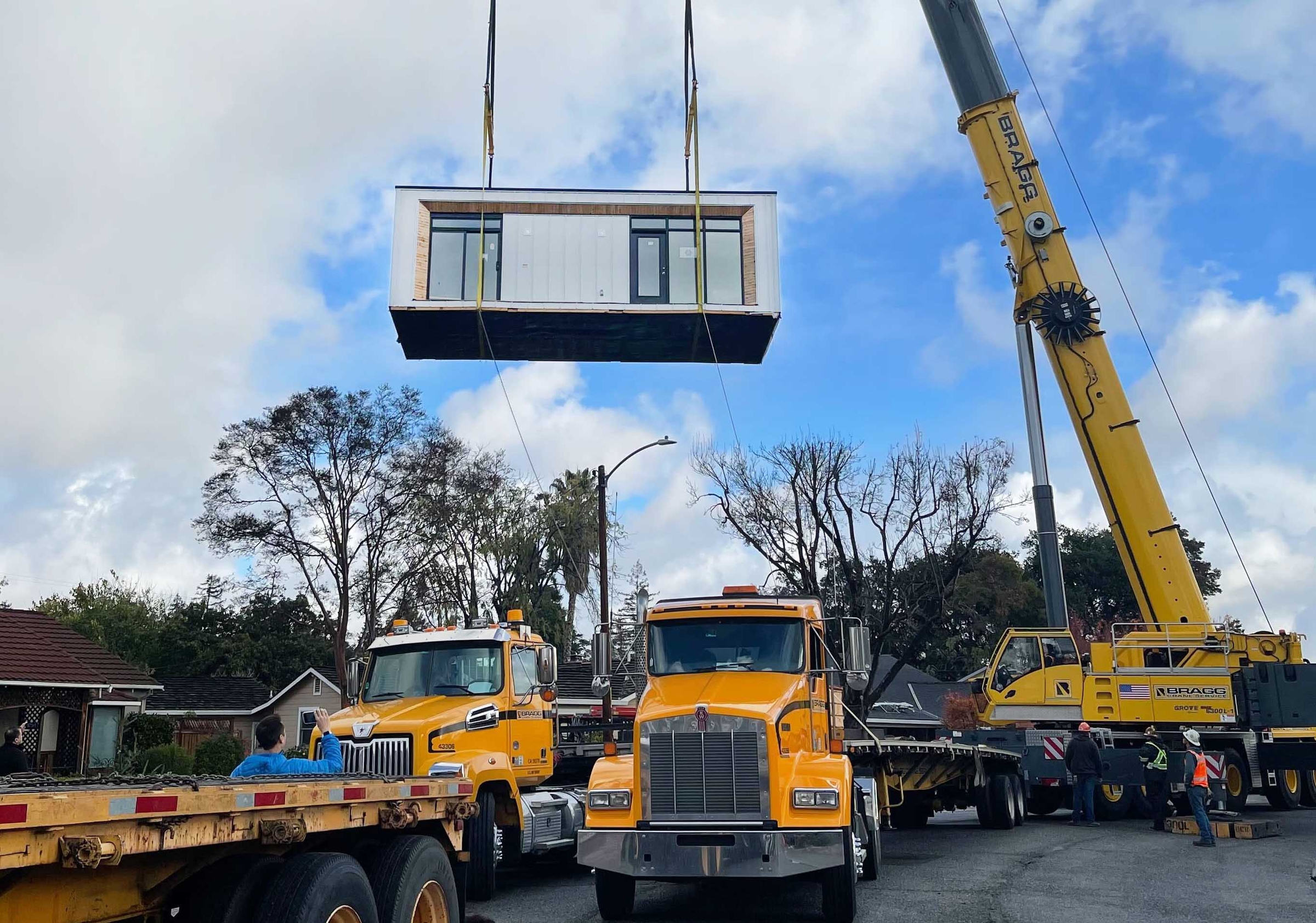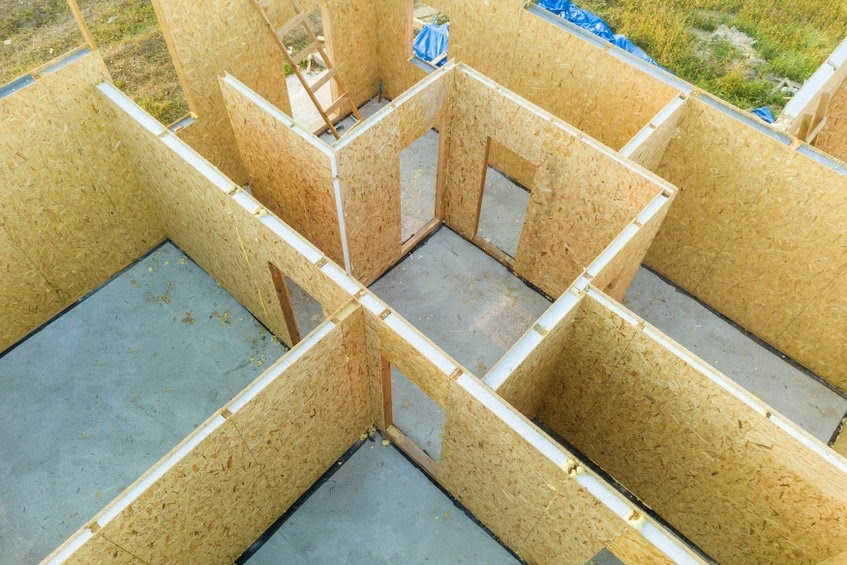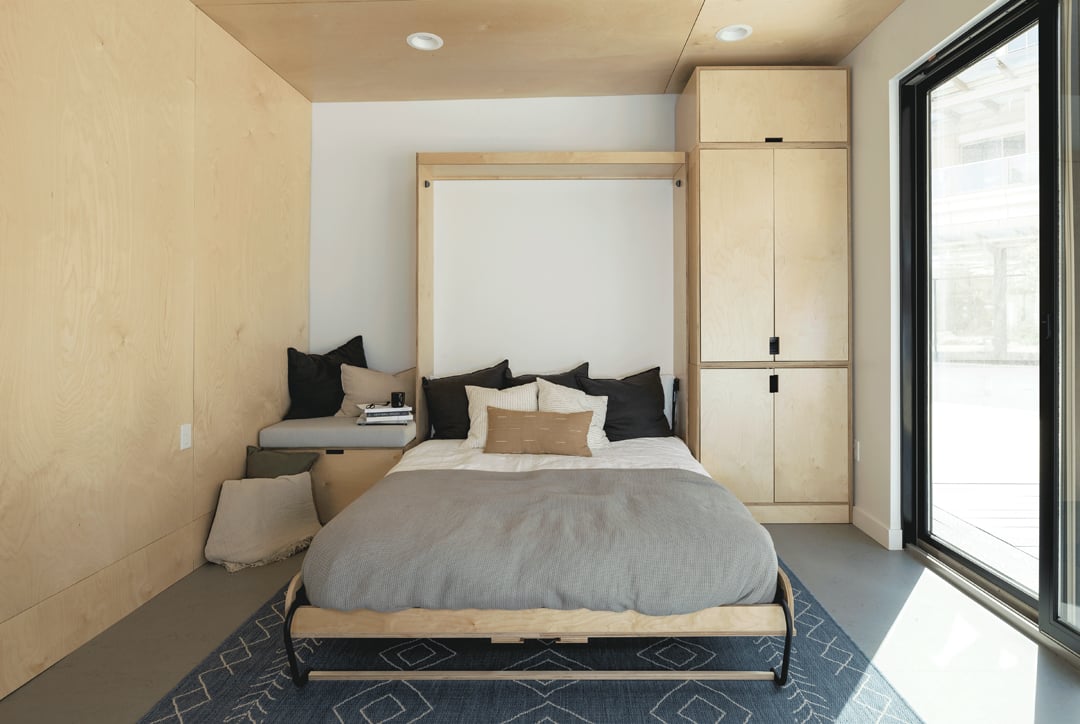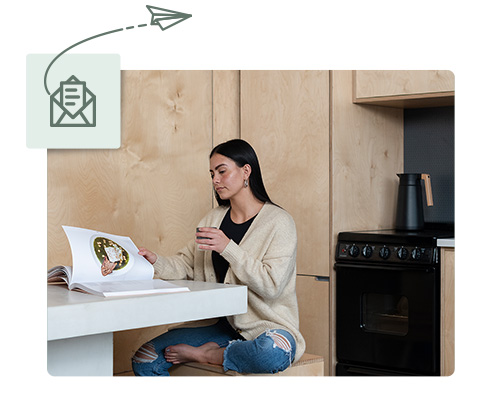
Most people think manufactured and modular homes are the same. However, there are stark differences between the two home types. Although modular homes have been around for quite some time, they are rapidly growing in popularity as many buyers are finding them to be smart investments. Because of confusion between the two home types, it is vital to distinguish the differences between modular homes and manufactured homes.
5 Key Differences Between Modular and Manufactured Homes

Modular and manufactured homes are either fully or partially constructed in a factory, transported, and brought on-site. However, the similarities between the two home types essentially end there. If you are on the fence about which direction you would like to go, we will cover the differences between modular and manufactured homes here:
#1. Financing and Cost
Common lending options are fairly limited to those purchasing or refinancing a manufactured home. Since most people purchase manufactured homes because of the low initial cost of entering a mortgage, financing for low-income manufactured housing is inherently riskier for loan providers — so expect some headaches when ?financing? and ?manufactured homes? are being used in the same sentence.
Due to the value of modular homes being tied to their main housing unit, most banks and lenders will offer standard financing options or reappraisals for your current property value. Additionally, the value of a modular home fluctuates with the housing market (unlike a manufactured unit). Consumers should know the most common methods of financing a modular home include a home equity line of credit, cash-out refinance, 2nd mortgage, or a renovation loan. Here is a resource for understanding different loan types and refinancing options.
When it comes to the up-front cost, there are discrepancies between modular and manufactured homes as well. Manufactured homes appeal to low-income buyers who already have limited purchasing options. Research from a real estate journalist noted the nationwide average cost of a manufactured home in April 2021 was roughly $100,000.
On average, modular homes are more expensive than manufactured homes and less expensive than traditional site-built homes. This is for two main reasons: customization and construction standards.
#2. Design and Construction
With modular homes, you can choose from a variety of floor plans that feature open living spaces and more modern interior styles. They are often built as customizable ADUs (Accessory Dwelling Units) that more closely resemble modern homes in style and coding. An ADU can be attached or detached from the main home on your property, but our customizable prefab ADUs are strictly detached. For all of these reasons, many people could confuse an ADU for a smaller conventional home.
Due to their lower price, manufactured homes tend to only feature the basics and are rarely customizable. And since manufactured homes tend to depreciate significantly over time, most manufacturers don’t give consumers the option to expand, improve, or innovate beyond the original design.
You can probably guess, but the construction also differs. Modular homes are made up of multiple factory-made pieces that are ultimately brought to a permanent foundation on the property. They can either be transported as a complete unit (this is how our products work) or assembled on location. Upon delivery of the product, Modal customers can relax as our team of in-house electricians, plumbers, and other professionals set up appliances and the unit for its intended purpose.
Manufactured homes are single-story, factory-made units delivered in one piece to a fixed, steel chassis or temporary foundation. Oftentimes, manufactured home delivery does not include setting up appliances or other premium services.
#3. Code Requirements
While manufactured homes only have to comply with the Federal Housing and Urban Development (HUD) code, modular homes must comply with the same local, state, and regional codes as traditional homes. Because of the stricter coding for modular homes, one could expect a high build quality from a modular home over a manufactured alternative.
We recommend this tool for starting an initial search into building codes for modular homes in your state. You can also use our website to easily check if you qualify for a modular home!
California residents, please note there is a significant amount of legislation for modular ADUs in California. So we recommend consulting with local resources or contacting us today!
#4. Location
Modular homes are always installed on private property with permanent foundations. Manufacturers hook up water, gas, sewage, and power through the main home. So once the structure is in place, do not expect to move it again. For people looking at modular home solutions, it would be best to use the ?measure twice, cut once? principle by measuring the land in consideration for the modular addition.
Manufactured homes can be installed on private property or land-leased property (e.g., public land) on any HUD-accepted foundations. Although they are regularly referred to as ?mobile homes,? there is a major difference between the two. While mobile homes can be moved, not all manufactured homes are designed for relocation after installation. Be mindful of that fact while shopping.
#5. Value
Modular homes are initially more expensive to finance but are a better investment in the long run. Since the value of a modular home fluctuates with the housing market, you aren’t stuck with a depreciating asset. Additionally, the stricter coding for modular homes equates to long-term viability for a homeowner looking to sell their home or rent out an ADU for long periods.
Manufactured homes tend to depreciate over time since the home is considered personal property and not real estate. For many buyers, this is the exact opposite of what you want for a long-term living arrangement. High-interest rates and unattractive land choices tend to make manufactured homes a less attractive option for the modern housing market. However, it seems modular homes are the next big real estate investment for prospective, young, and established homeowners alike.
Choosing the Right Team? Modular Home Manufacturers

Now that we’ve gone over the primary differences between modular and manufactured homes, let’s get to the fun part: finding the right builder! Finding the right builder for your modular home will be key in the overall design, functionality, and longevity of the property. Modal is experienced in building modular ADUs for property owners at a reasonable price. And with several floor plans to choose from and many experts to help, we can ensure your every need will be addressed. We’ll handle the permits, build, and installation of the modular unit so you don’t have to worry about a thing. Find out if you qualify for a Modal home today!
Tags:
ADU Regulation, Why Modular, Modular Dwellings, Modular ADUs, Prefab ADUs, Modular ConstructionFebruary 4, 2022
